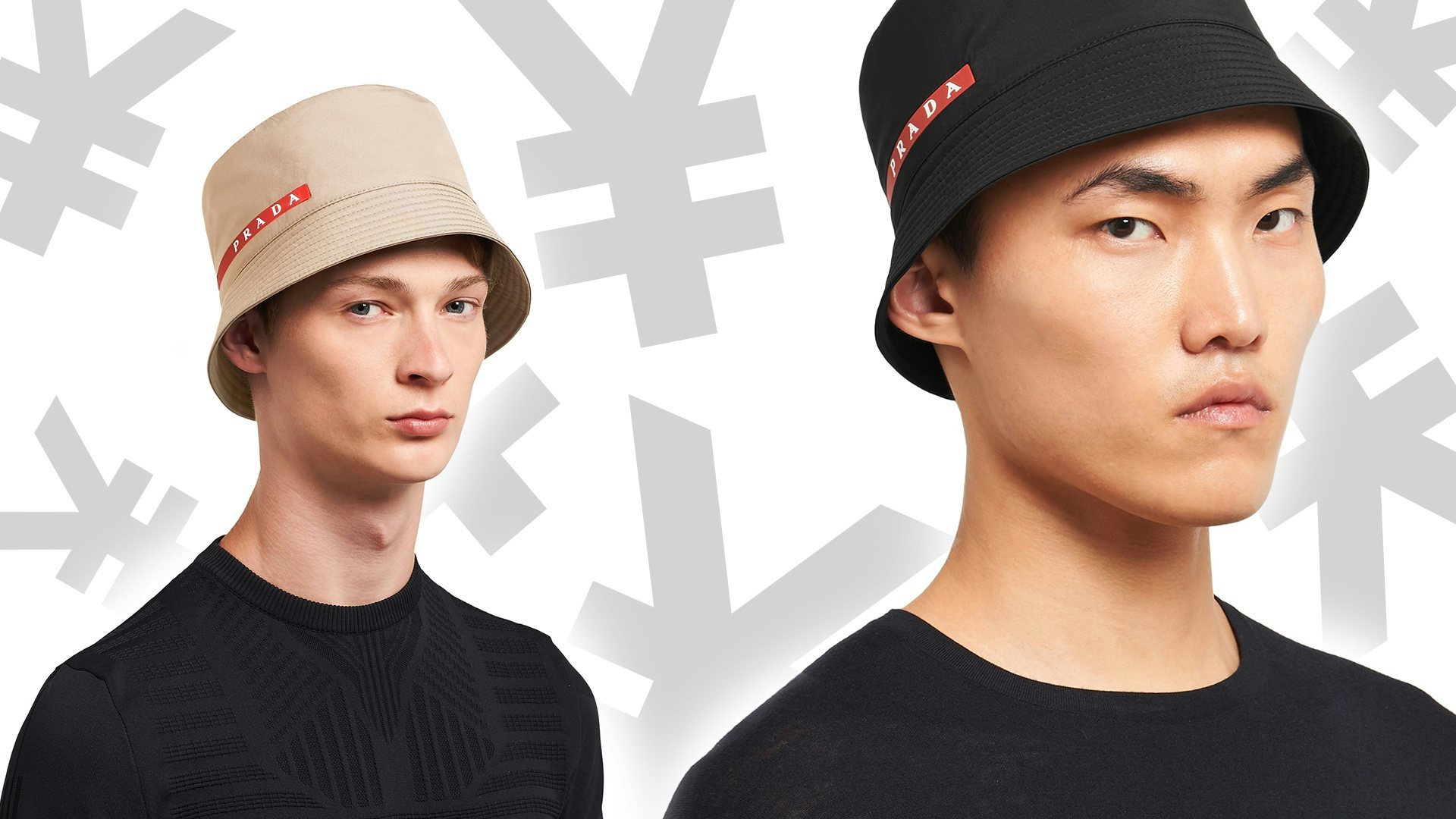Luxury brands in China have had a whirlwind year. If they weren’t rushing to apologize for offending the Chinese government or consumers or contending with a Hong Kong luxury market effectively on ice, they were keeping a close eye on the value of the yuan and shifting travel and shopping patterns, or working to adjust their China pricing. Meanwhile, some brands spent 2019 quietly turning their attention more closely to their efforts within mainland China after years of trying to attract Chinese tourist-shoppers overseas.
Those brands that decided to put more effort into their domestic China efforts appear to have made the right decision, according to the annual Bain-Altagamma 2019 Worldwide Luxury Market Monitor report published this week. The report noted that the market for personal luxury goods in China grew 26 percent in 2019, outpacing the global average by six-fold, adding that Chinese consumers remain some of the most active buyers of luxury items in the world.
The report expects sales of luxury goods in China to reach 30 billion euros (U.S.33 billion) this year, accounting for around 9 percent of all global luxury spending. Total global luxury spending should grow by a relatively modest 4 percent this year, which Bain and Altagamma attribute to broad uncertainty about the state of the global economy going into 2020.
Luxury brands in China were buoyed this year by the aforementioned efforts by brands to adjust pricing to be more in line with European or Japanese markets, moves which convinced Chinese shoppers who would otherwise jet off to Paris or New York for their luxury hauls to shop closer to home. Despite China accounting for around 10 percent of global luxury sales, Chinese shoppers themselves remain a driving force in the industry, with Chinese consumers making up 35 percent of purchases worldwide. (Ahead of Americans (22 percent) and Europeans (18 percent).
The beleaguered Hong Kong luxury market, however, is set for a 20 percent drop in revenue this year, following an ongoing negative growth trend that first kicked off in 2013 and shows no sign of stopping.
The question now for luxury brands is whether to invest more in mainland China next year or maintain current efforts (perhaps investing more in e-commerce or refurbishing any existing brick-and-mortar locations). Some luxury or apparel groups — among them Tapestry Inc. — plan to take a half-and-half approach to store openings and Tmall Luxury Pavilion efforts, a strategy that is undoubtedly being closely studied at brand headquarters in Paris or London and may pay off in 2020.
China’s economy is expected to “encounter greater downward pressure and face a more complex situation” in the year ahead,according to Premier Li Keqiang, and despite signs that the country’s Gen Z is ready to pick up the slack and spend more on luxury streetwear collaborations, storm clouds may once again be brewing in the domestic high-end market just as it shows signs of a turnaround.


